JOIN the AFICIONADOS
Get the insider news and lowdown on what we've been up to, where we've been, and who we've met along the way. Be the first to discover new places and get the scoop on our favourites.
Some places hit differently. Évora doesn’t just whisper its history; it throws it at you unapologetically. The capital of Portugal’s Alentejo region, this city is a raw, unfiltered fusion of ancient power, medieval defiance, and contemporary swagger. It’s where crumbling ruins stand like sentinels, timeworn cobbles lead to striking Gothic facades, and a rebellious creative energy pulses beneath the surface. If Lisbon is Portugal’s heart, Évora is its backbone, unyielding, legendary, and impossible to ignore.
A UNESCO World Heritage site, Évora’s legacy is undeniable. Originally home to a Celtic tribe, it was seized by the Romans in the 2nd century, morphing into a strategic stronghold that controlled trade and power across the Iberian Peninsula. The Roman Temple of Diana remains a striking testament to this dominance, its towering Corinthian columns cutting an imposing figure against the sky. Then came the Moors, reshaping Évora before King Afonso I of Portugal took it back in 1166, elevating it to a royal fortress.
By the 15th and 16th centuries, Évora wasn’t just another city, it was Portugal’s intellectual nucleus. The University of Évora, founded in 1559, still carries the echoes of revolutionary thought, while the Cathedral of Évora, a monstrous granite beast, looms over the skyline, its Gothic towers defying time itself. Inside, the Museum of Sacred Art hides relics of power, faith, and artistry, including one of Portugal’s oldest organs, a haunting masterpiece in its own right.
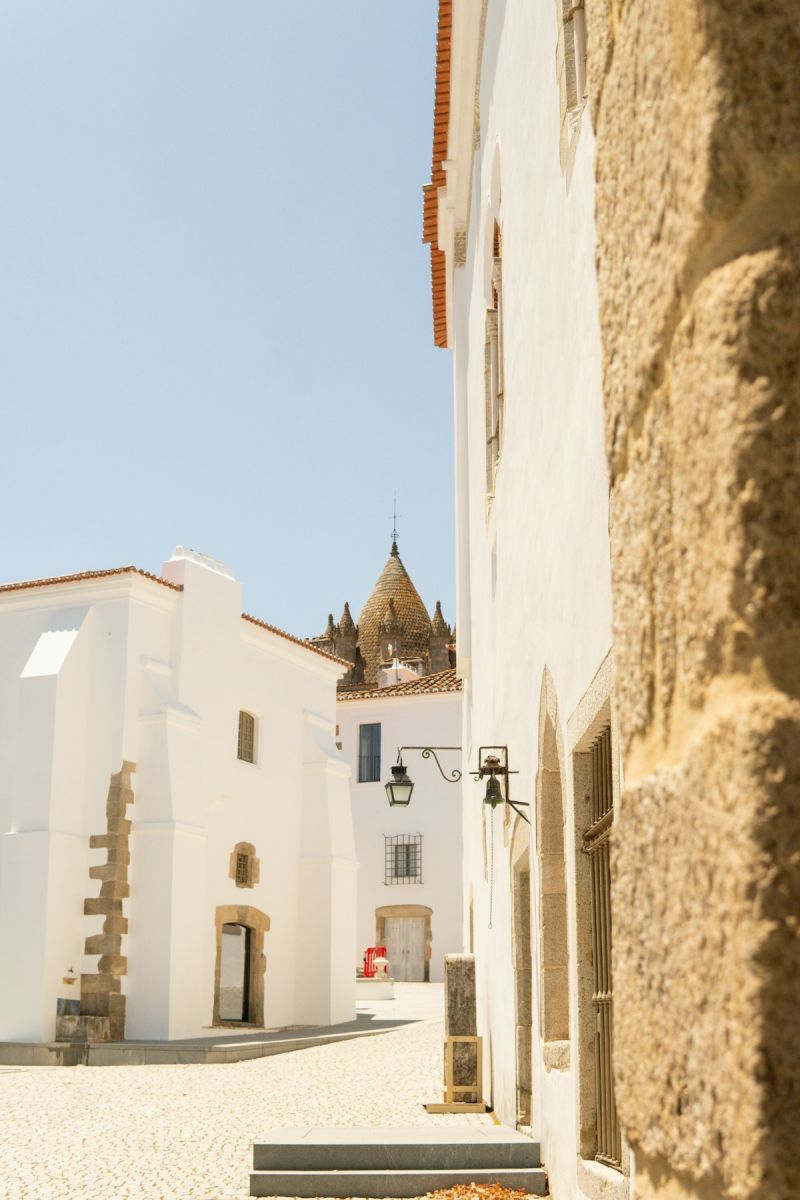
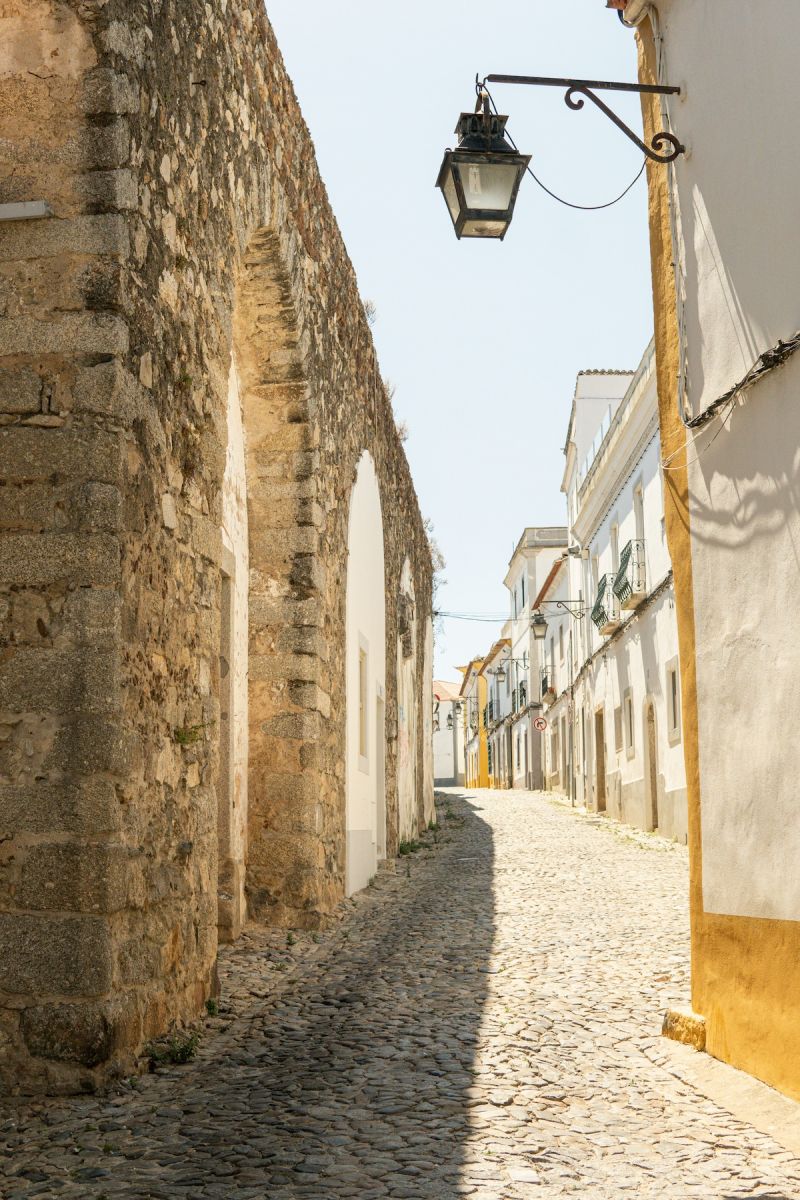
Évora isn’t a city you visit; it’s a city you feel. Its sun-drenched streets unfold like a living museum, with whitewashed Alentejan houses, ornate baroque palaces, and Renaissance-era churches offering a constant visual spectacle. The Rua 5 de Outubro is an explosion of local artistry, where stalls overflow with hand-painted ceramics, woven textiles, and intricate cork creations.
For tile obsessives, the Cadaval Palace is a must. Its walls drip with hypnotic blue-and-white azulejo tiles, each one a silent witness to Portugal’s storied past. But if you’re looking for something with a sharper edge, the Chapel of Bonesinside São Francisco monastery delivers. Walls lined with skulls. Thousands of bones stacked in eerie precision. Above it all, a bone-chilling inscription: “We bones that are here, await yours.” Dark? Yes. Forgettable? Not a chance.

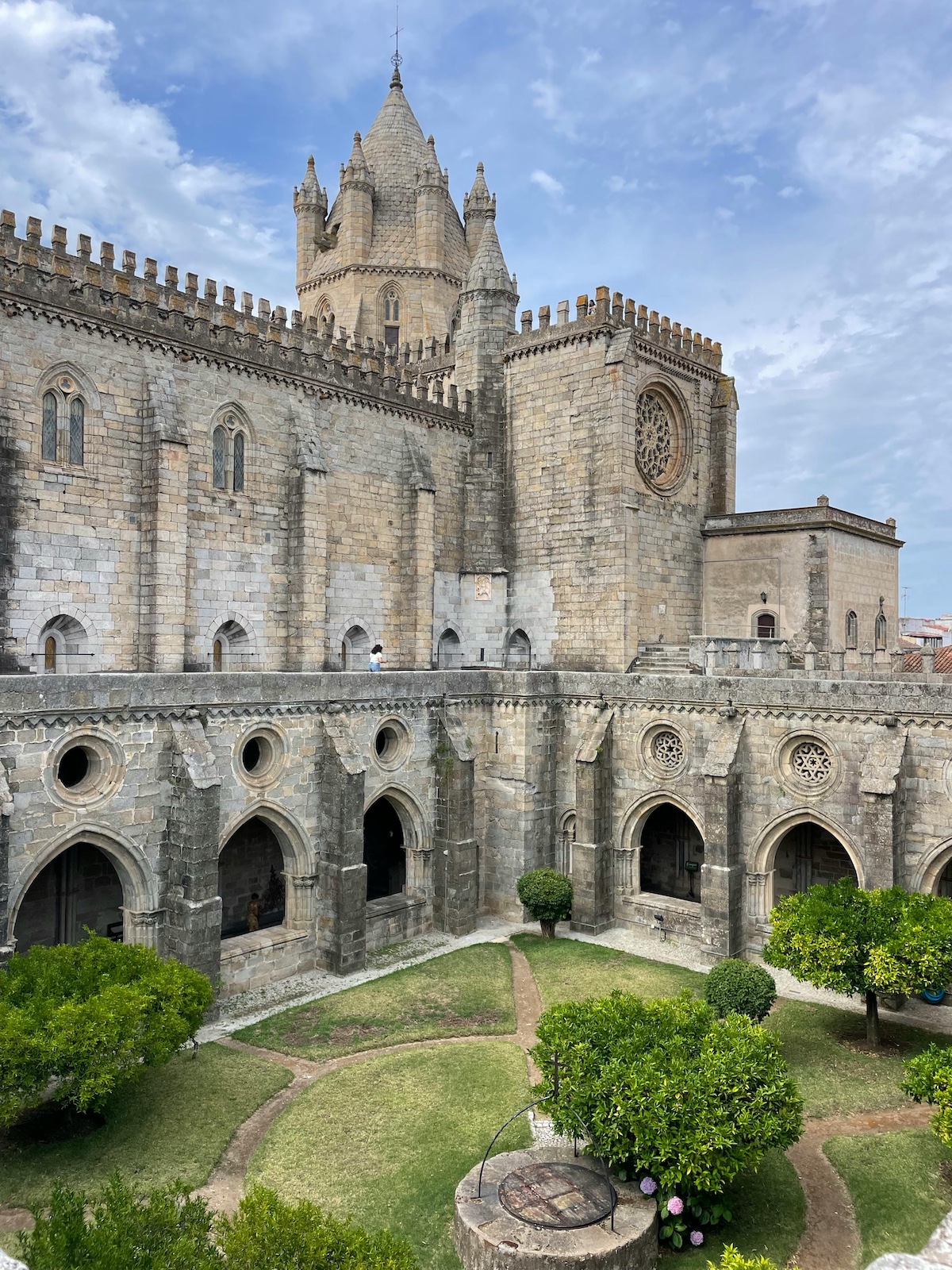
Évora doesn’t just serve food, it serves experiences. Alentejo’s culinary scene is rugged, unapologetic, and flavour-packed. The region’s signature dishes pull no punches: açorda, a garlicky, herb-infused bread soup with a kick; carne de porco à alentejana, a rich, soul-warming pork and clam stew; and Évora cheese, a tangy, creamy indulgence that hits just right with a glass of local red.
Speaking of wine, Alentejo is Portugal’s heavyweight champion. Sun-soaked vineyards produce bold, full-bodied reds and crisp, mineral-laced whites, the kind that linger long after the last sip. Want the full experience? L’AND Vineyards Hotel is where modern luxury collides with vineyard serenity, a sleek, design-forward retreat where wine takes centre stage and indulgence is the only rule.
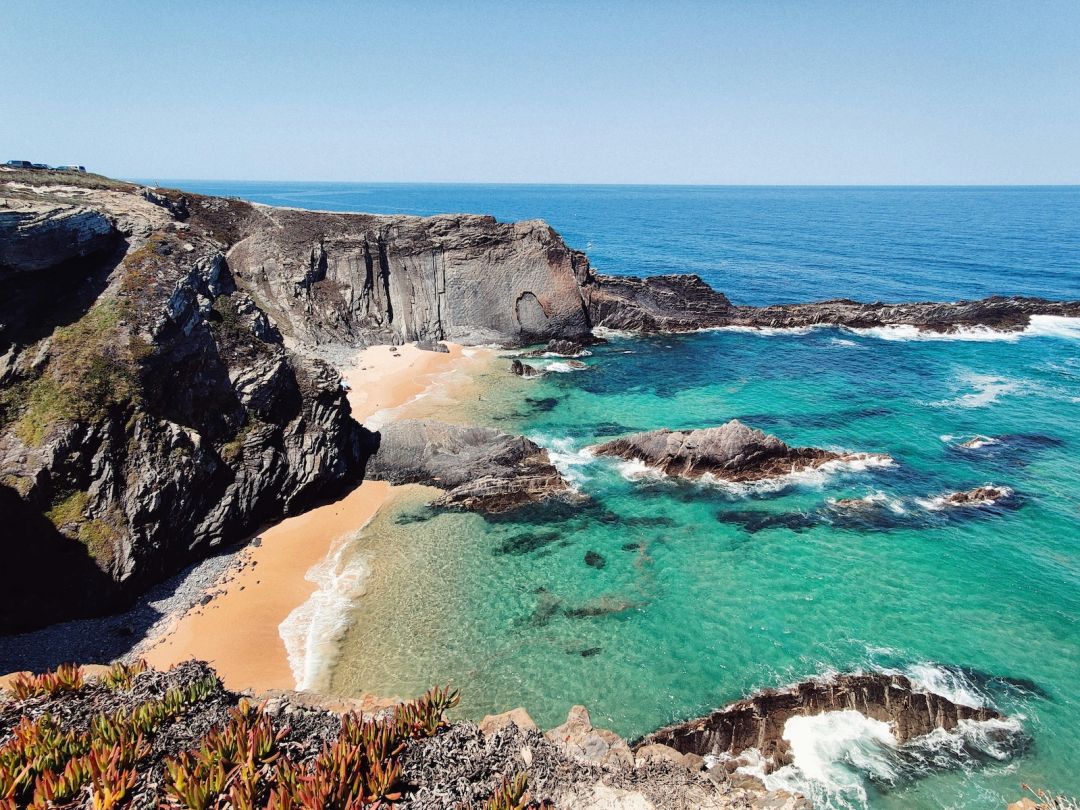
Despite its ancient soul, Évora is a breeze to reach. One hour from Lisbon, it’s an easy day trip, but staying overnight lets you truly sink into its atmosphere. Évora also serves as Alentejo’s gateway, leading adventurers to the wild Atlantic shores of Comporta, the riverside charm of Alcácer do Sal, and the rolling, sun-scorched plains that stretch endlessly into the horizon.
Before you leave, steal a moment in the Jardim Público. Designed in the 1800s by Italian architect José Cinatti, this green oasis is a surreal contrast to Évora’s sunbaked streets. Peacocks strut through ancient ruins, palms tower overhead, and shaded paths offer the perfect place to gather your thoughts before hitting the road.
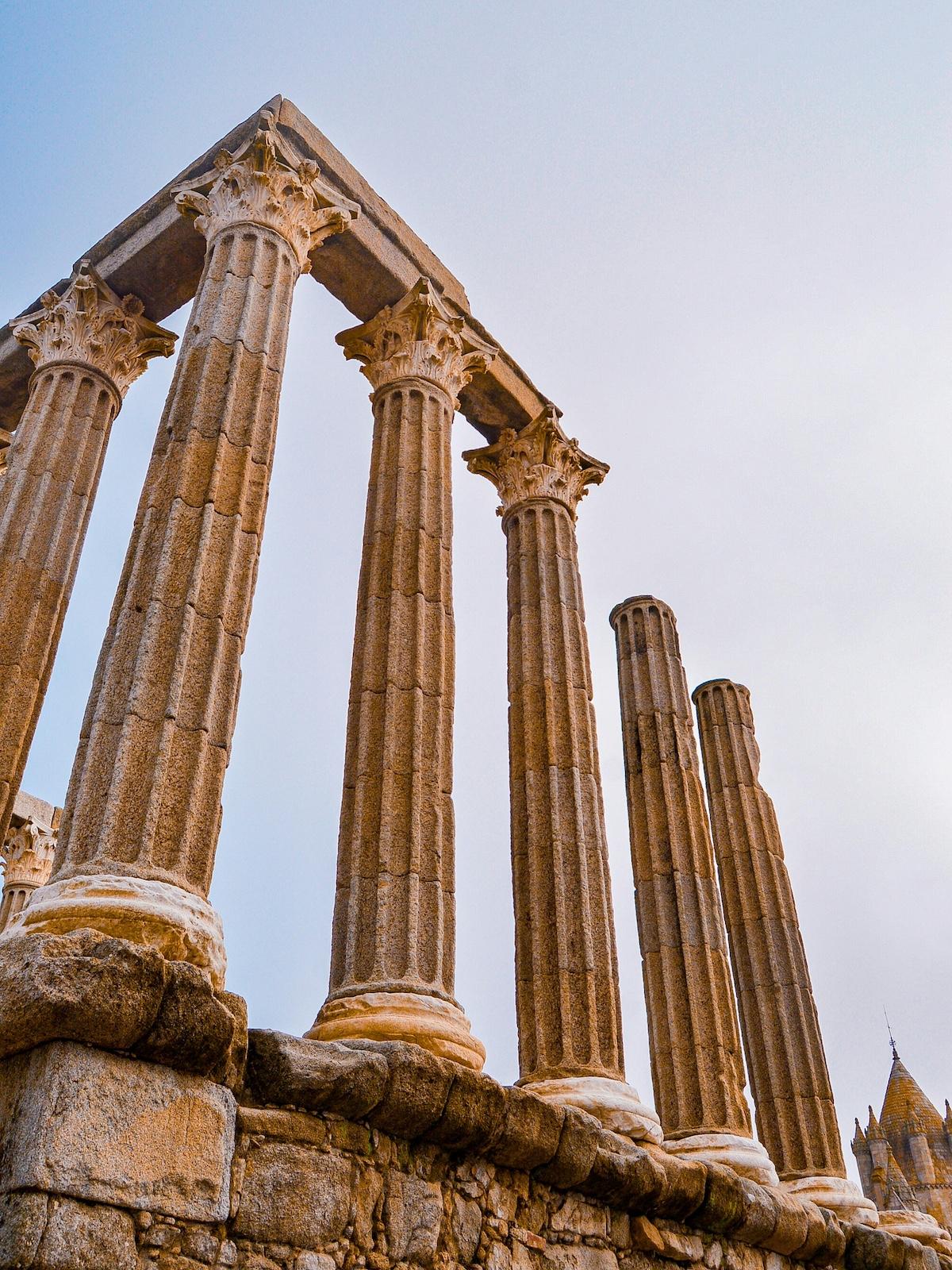
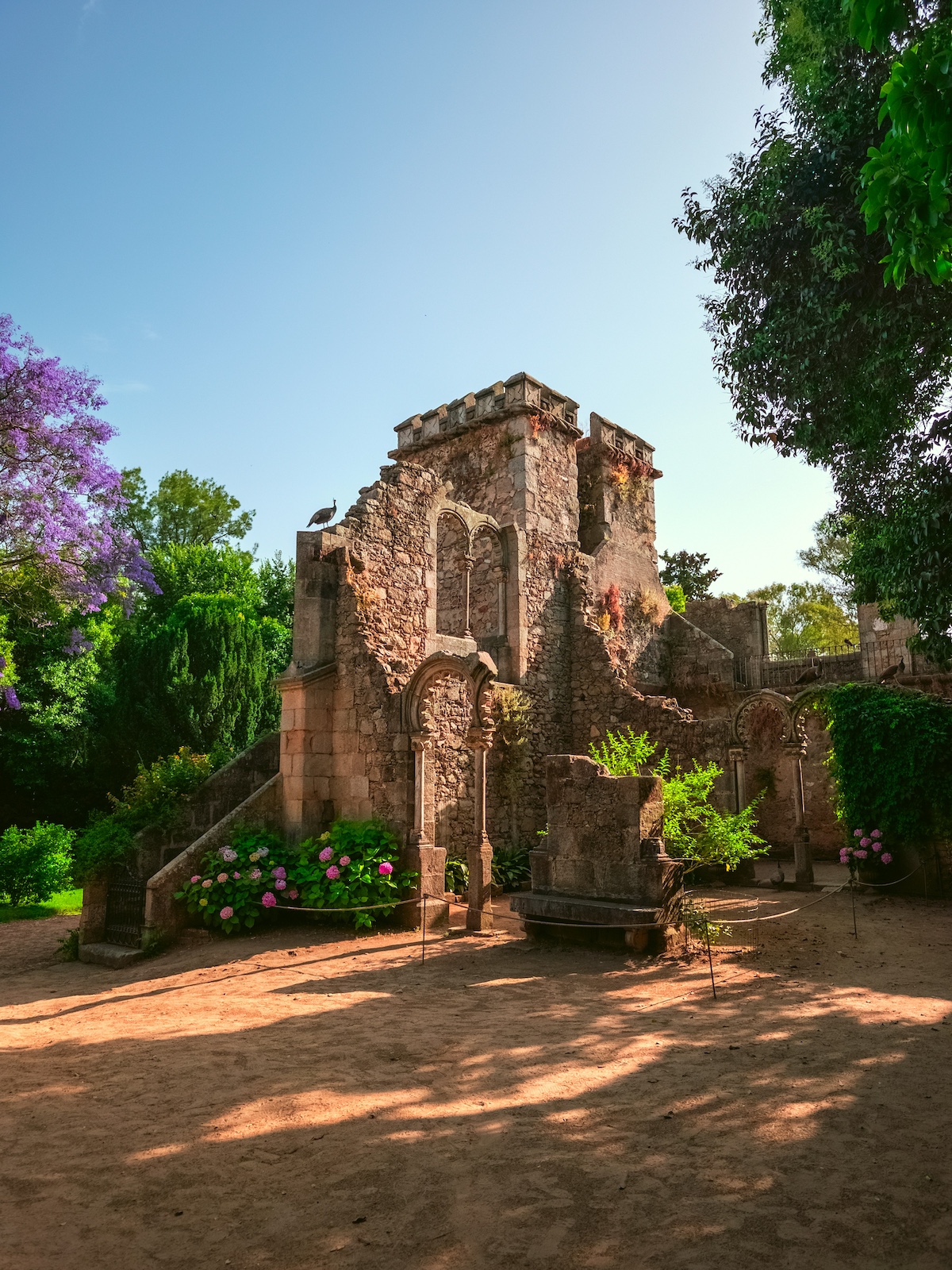
Some cities beg to be explored. Évora dares you to keep up. It doesn’t just tell its history, it shoves it in your face. This is where ancient power collides with modern creativity, where royal grandeur seeps from stone walls, and where every street, shadow, and story demands attention. In the heart of Alentejo, Évora stands unchallenged, raw, evocative, and impossible to forget.